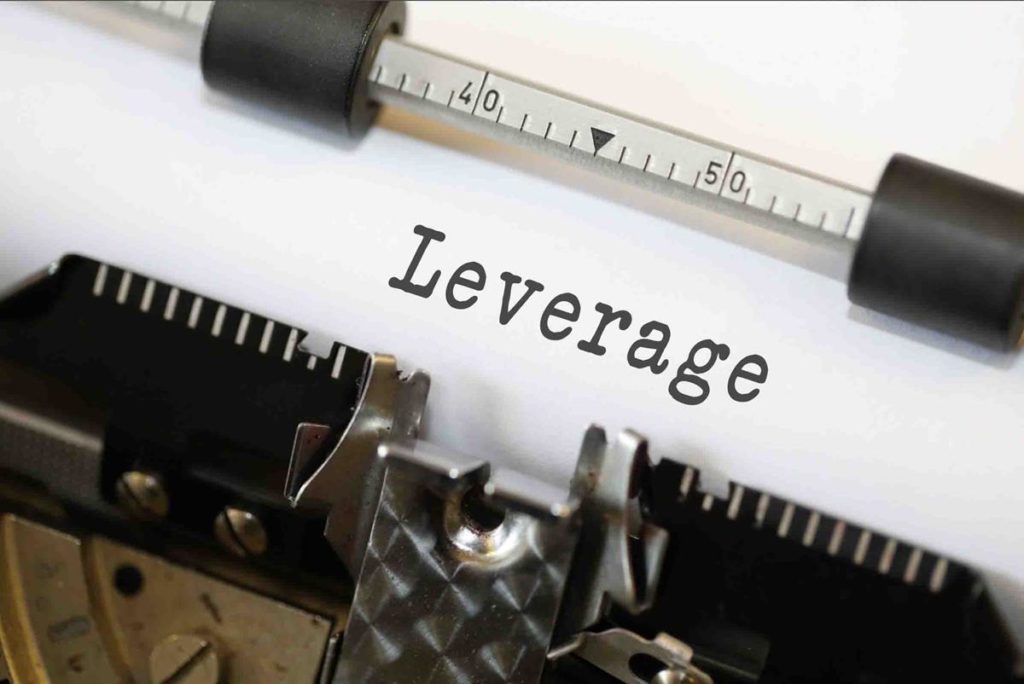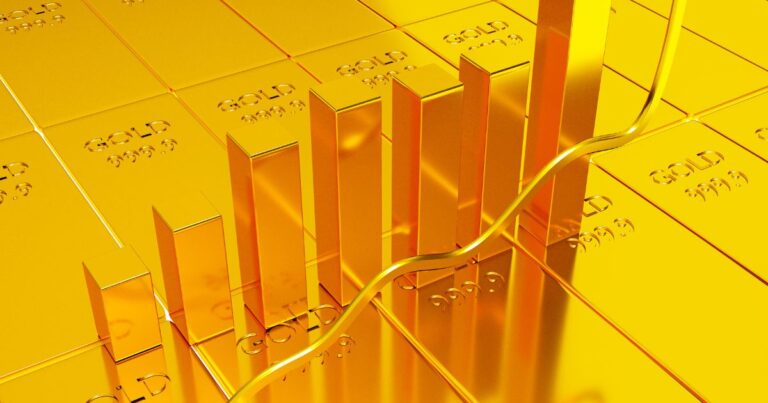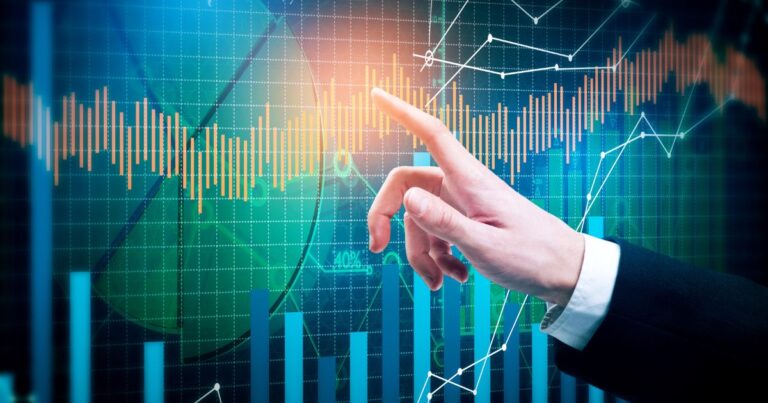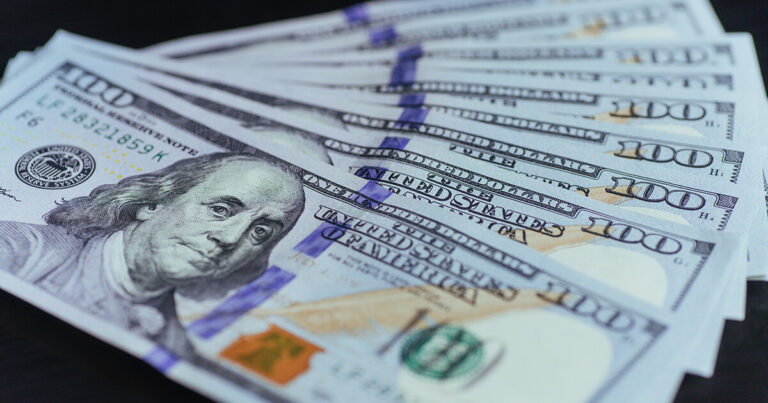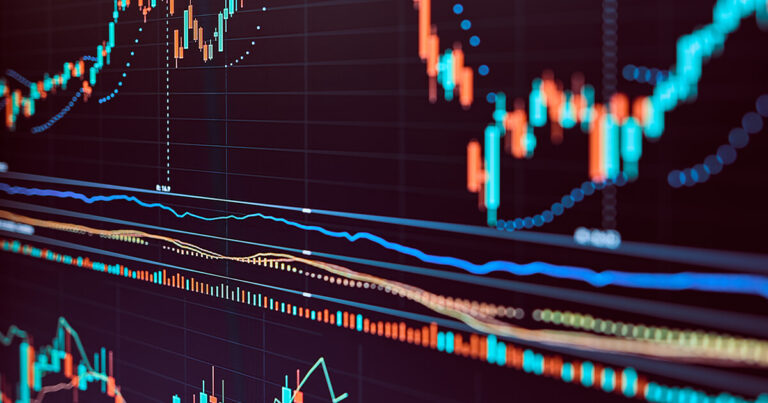The forex market has always been attractive to most people. Trading in forex is preferable to other financial instruments because you can get higher forex leverage. But the question is, what is leverage? How does it come into play when trading forex? How does it affect the bottom line? Is there a direct impact on profit or losses when it is used in forex trading?
What is leverage?
Leverage has been defined in lay man’s terms as borrowing an amount of money needed to invest or to increase potential returns. It is further defined as the ratio of the amount of capital used in a transaction to the required margin. It is using something smaller to control something bigger. It means that leverage gives you the ability to manage a large amount of money in trade compared to the smaller deposit, which is your margin. It is also known as leverage trading, which allows a trader to open positions larger than his capital. E.g., if your investment is $1000 and your leverage is 1:100, this means for every $1 you invest is worth $100, so with your $1000 margin, you can open a $100,00 deal. When it comes to forex, the money is borrowed from a broker.
What is leveraged finance?
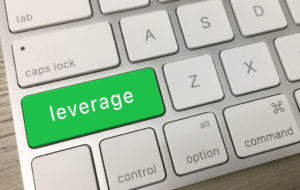 It is similar to leveraged finance, which is the funding of a company or business unit with more debt than normal for that company or industry. More funding than normal means that the funding is riskier and therefore, costlier. This is where it is similar to leverage in forex.
It is similar to leveraged finance, which is the funding of a company or business unit with more debt than normal for that company or industry. More funding than normal means that the funding is riskier and therefore, costlier. This is where it is similar to leverage in forex.
How does leverage work in forex?
Leverage is important in the forex market because it allows for the increase in profits for small price movements when used. It gives individuals the capacity to control large trade sizes with small capital. The upside to leverage is you can make a significant amount of money when you trade with it, but you could also lose a substantial amount, it all depends on your risk appetite.
What is the best leverage for forex trading?
It then begs the question what the best leverage for forex trading is? Considering what leverage means in forex and how it works, the best leverage for forex is dependent on the capital maintained by traders. It has been said that the best is from 1:100 to 1:200 in forex. It means if you have $400 in your account as a trader, you can control $40,000 with a 1:100 and you can control $80,000 with a 1:200
How do you calculate leverage in forex?
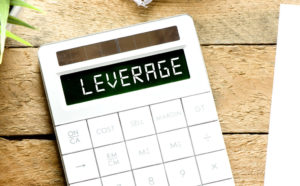 Knowing that forex trading offers high leverage for an initial margin requirement meaning a trader can control a substantial amount of money, margin-based leverage is therefore calculated by dividing the total transaction value by the amount of margin you are obligated to put up. E.g., if a trader is required to put up a 2% of the total transaction amount as a margin and the trader’s intention is to trade one standard lot of USD/EUR, which is equivalent to $200,000, the margin would be $2,000. Therefore, your margin-based leverage is 100:1 i.e. 200,000/2,000. But on the other hand, there is also the real leverage,
Knowing that forex trading offers high leverage for an initial margin requirement meaning a trader can control a substantial amount of money, margin-based leverage is therefore calculated by dividing the total transaction value by the amount of margin you are obligated to put up. E.g., if a trader is required to put up a 2% of the total transaction amount as a margin and the trader’s intention is to trade one standard lot of USD/EUR, which is equivalent to $200,000, the margin would be $2,000. Therefore, your margin-based leverage is 100:1 i.e. 200,000/2,000. But on the other hand, there is also the real leverage,
which is the stronger indicator of profit or losses. Real leverage is calculated by, the total face value of a trader’s open position divided by your trading capital. E.g., a $10,000 in your trading account with an open position of $200,000 (this is equal to two standard lot) means you will be trading with 20 times the leverage you have in your trading account. (200,000/10,000). So, it follows that maximum real leverage a trader can use is equal to the margin based leverage and most traders entire accounts are not put up as margin for their positions, this then makes their real leverage vary from their margin-based leverage. It is good to remember that leverage should only be used in trading when the advantage is clearly on the trader’s side.
The amount of leverage you employ on your capital, the higher the risk you would have to bear. The risk of high leverage lies in the fact that real leverage can increase the number of profits you would make when it is applied, but the same would be applied to losses. If your leverage is high, you could make a killing depending on the movement of trade, or you could also take a severe beating.

Example of maximum leverage
Let’s take an example using maximum leverage if a trader has an account with $10,000 and decides to use a 50:1 leverage, means he can trade with $500,000. It is equal to 5 standard lots in forex. Therefore, each one-pip movement would cost $50. So, if the trade goes in the investor’s favor by 50 pips, he would make $2500.
Example of a minimum leverage
It is the opposite in minimum leverage. Using the same amount of $10,000 in the trader’s account, but the leverage of 5:1, the trader would make just $250.
Nevertheless, there is a maximum leverage ratio which is pegged at between 50-400 times on currency trades i.e., forex. Taking a position that is close to this maximum point is not unsound for most traders because a small price movement against you would wipe out the amount in your trading account.
How to calculate leverage in forex
There is a way by which a trader can calculate leverage. It is by way of a forex leverage calculator. It is calculated by 1/ margin = 100, margin percentage. E.g. if the margin is 0.02, then the margin percentage is 2%, and leverage =1/0.02 = 100/2 =50.
How do you change your leverage in forex?
As long as there are no open orders on your trading account, you can change your leverage, but if there are open orders, you can’t.
Conclusion
It is good to keep in mind that the amount of leverage employed by any trader although it is dependent on the trader’s risk appetite, you should make sure the position you take is to your advantage and towards the minimum leverage you point you can be to ensure the safety of your capital.

